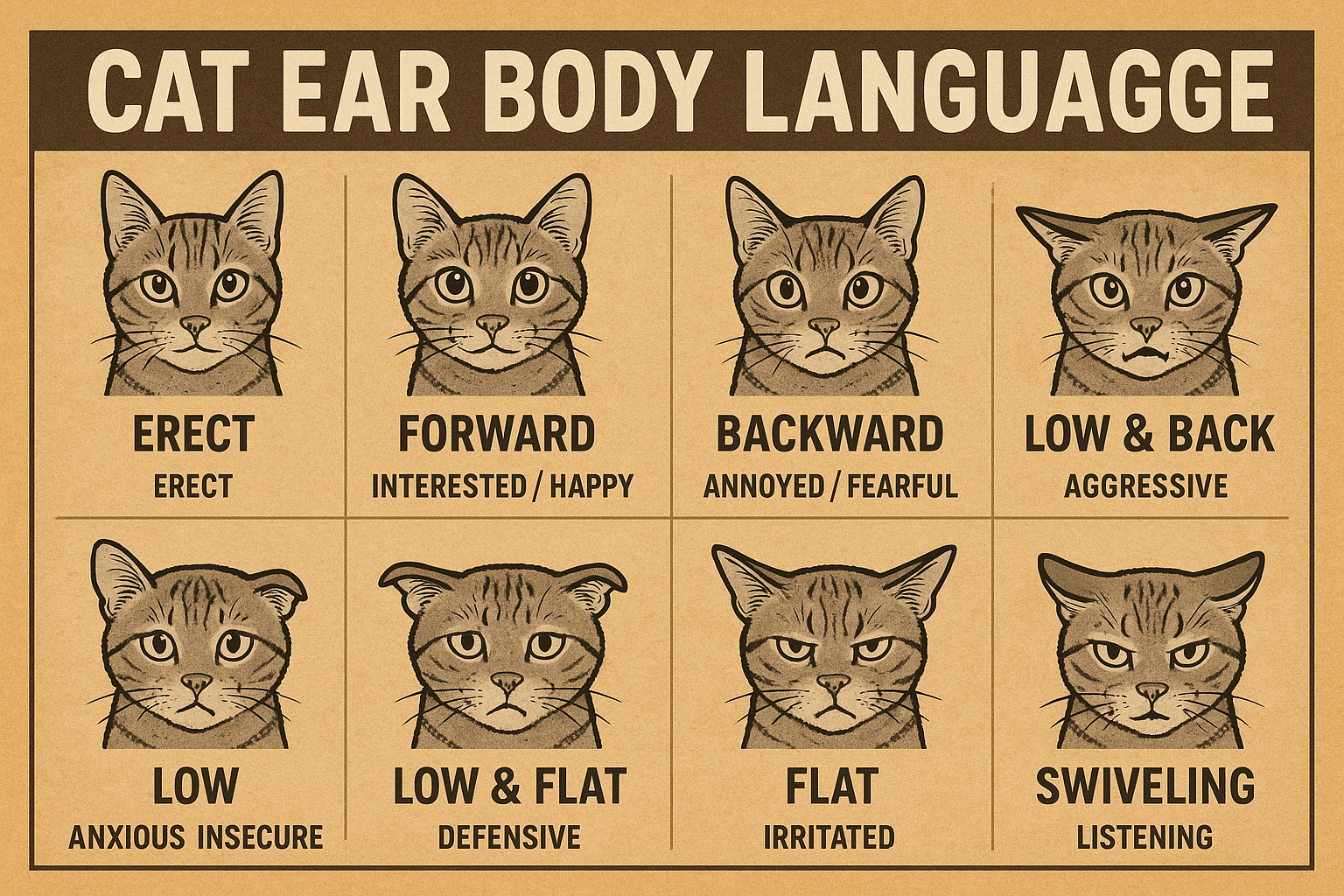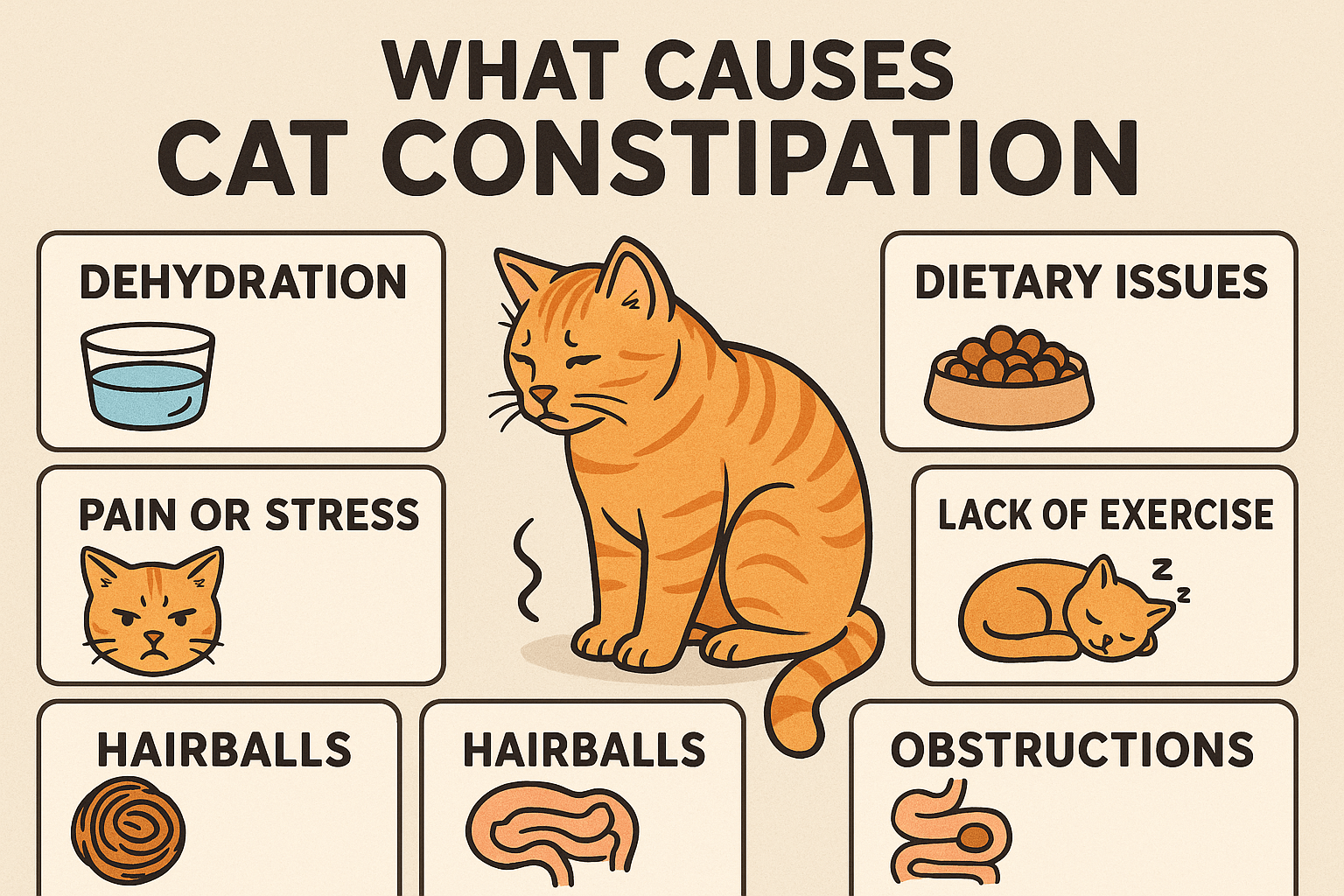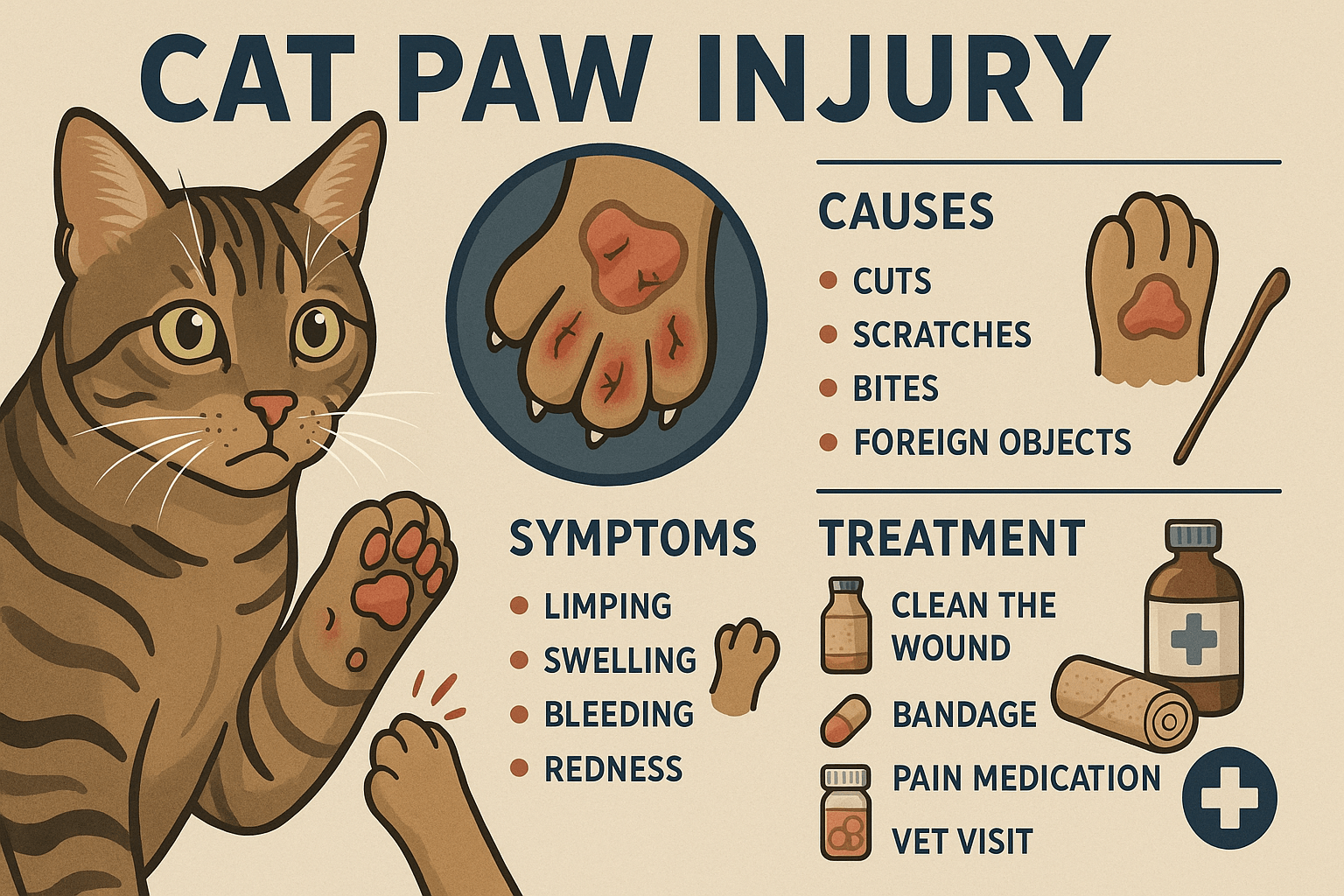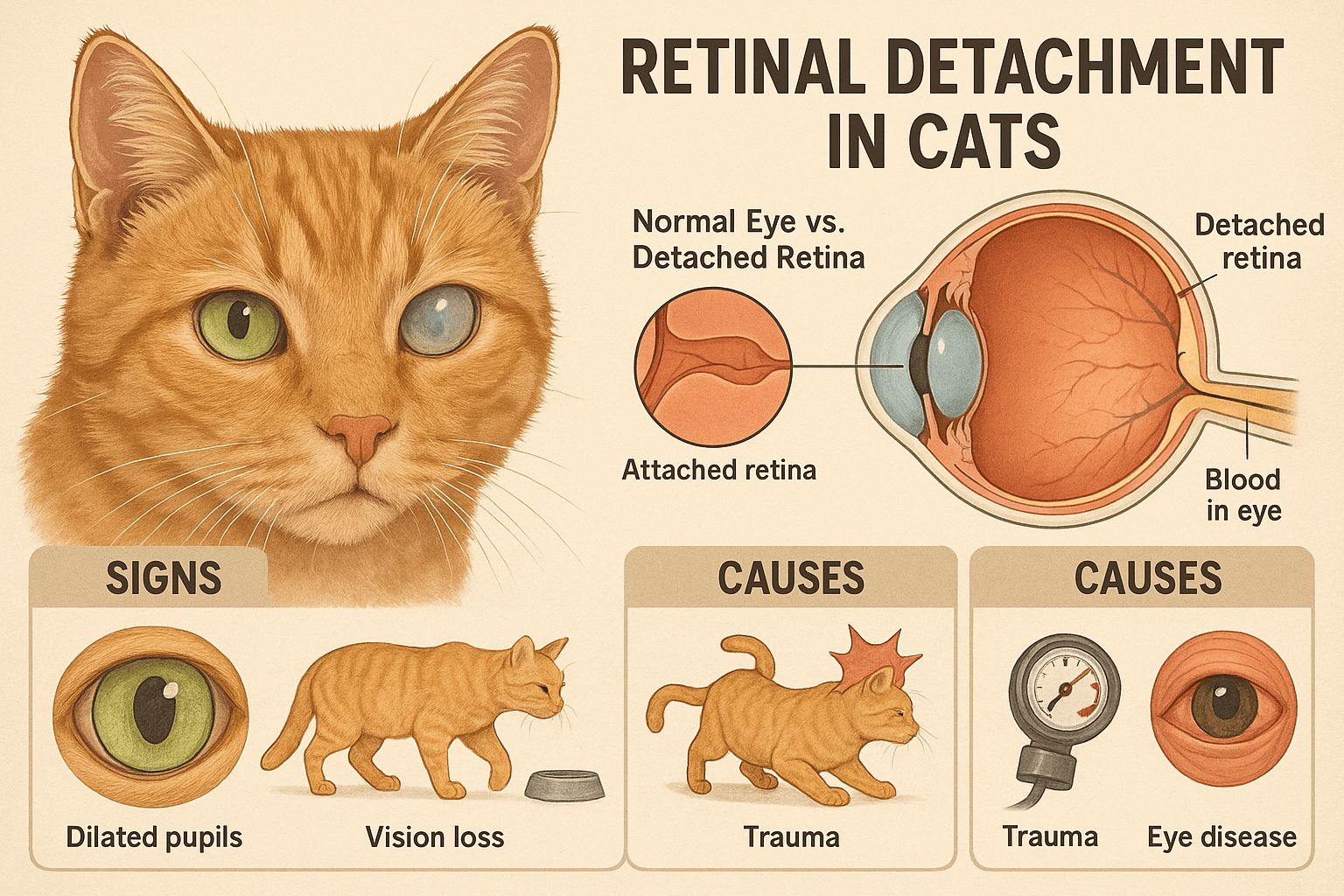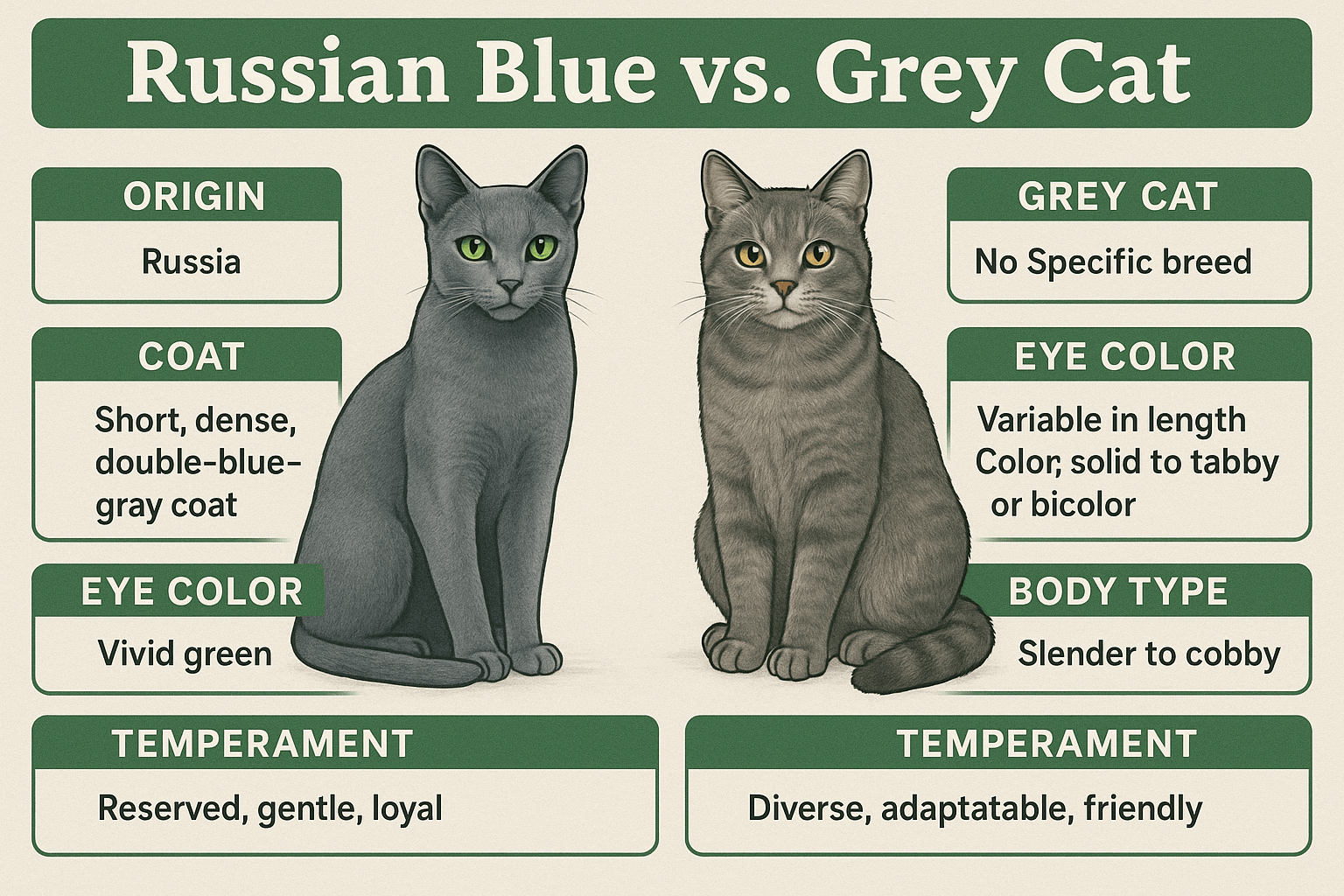Understanding Cat Ear Body Language
Cats are masters of non-verbal communication, and their ears play a crucial role in expressing their emotions and intentions. Whether your feline friend is feeling relaxed, curious, or agitated, their ear positions can reveal a wealth of information about their mood. Learning to interpret cat ear body language not only deepens your bond with your pet but also helps you respond appropriately to their needs. In this blog post, we’ll explore the fascinating world of cat ear signals, decoding what each position means and how you can use this knowledge to better understand your furry companion.
Common Cat Ear Positions and What They Mean
A cat’s ears are highly expressive and can convey a wide range of emotions. Understanding these positions allows you to gauge your cat’s feelings at a glance.
Ears Forward:
When a cat’s ears are pointed forward, it indicates curiosity or interest. Your cat may be exploring something new or focusing on a sound.Ears Relaxed and Slightly Sideways:
This position suggests calmness and contentment. It’s a sign that your cat feels safe and comfortable in their environment.Ears Flattened Back:
Flattened ears indicate fear, aggression, or submission. This posture often accompanies defensive behavior when a cat feels threatened.Ears Swiveling Rapidly:
Constant movement of the ears signals heightened alertness. Your cat may be trying to locate the source of an unfamiliar noise.One Ear Up, One Ear Down:
This quirky position usually means your cat is undecided or mildly confused, often seen during moments of playful indecision.
By observing these ear positions, you can gain valuable insights into your cat’s emotional state and respond accordingly.
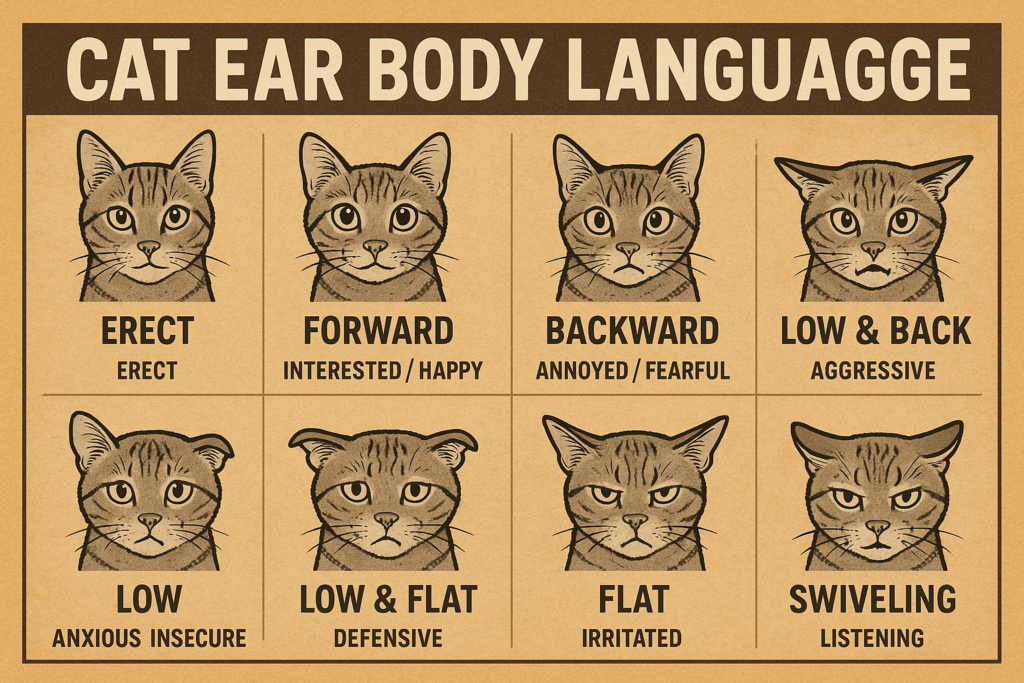
How to Combine Ear Signals with Other Body Language
While ear positions are informative, interpreting them alongside other body language cues provides a more complete picture of your cat’s mood. Here’s how to connect the dots.
Tail Position and Ears Forward:
If your cat’s tail is upright and their ears are forward, they’re likely feeling confident and friendly, ready for interaction.Puffed-Up Tail and Flattened Ears:
This combination signals extreme fear or aggression. Your cat may be preparing to defend themselves or flee.Slow Blinking Eyes with Relaxed Ears:
Slow blinks paired with relaxed ears indicate trust and affection. Your cat feels secure in your presence.Hissing with Flattened Ears:
Hissing accompanied by flattened ears is a clear warning sign. Give your cat space to calm down.Playful Pounce with Swiveling Ears:
If your cat is crouching low with swiveling ears, they’re likely in hunting mode, ready to pounce during playtime.
Combining ear signals with other body language helps you accurately interpret your cat’s intentions and emotions.
Check this guide 👉Decoding Sick Cat Body Language: Best 7 Health Tips!
Check this guide 👉Understanding Your Cats Love Language: Best 7 Expert Tips!
Check this guide 👉Can Cats Learn Sign Language? Best 7 Expert Tips!
Ear Position | Emotional State |
|---|---|
Ears Forward | Curious, Alert, Interested |
Ears Relaxed and Slightly Sideways | Calm, Content, Relaxed |
Ears Flattened Back | Fearful, Aggressive, Defensive |
Ears Swiveling Rapidly | Alert, Focused, Investigating |
One Ear Up, One Ear Down | Playful, Confused, Indecisive |
Tips for Responding to Your Cat’s Ear Signals
Understanding your cat’s ear body language is just the first step—knowing how to respond ensures you meet their needs effectively. Here are some practical tips.
Approach Gently When Ears Are Forward:
If your cat’s ears are forward, they’re open to interaction. Approach slowly and offer gentle pets or toys to engage them.Avoid Touching When Ears Are Flattened:
Flattened ears signal discomfort or fear. Give your cat space and avoid physical contact until they relax.Engage in Play When Ears Swivel:
Swiveling ears suggest your cat is alert and playful. Use interactive toys like wands or laser pointers to channel their energy.Reassure During Moments of Stress:
If your cat’s ears indicate anxiety (e.g., flattened or sideways), speak softly and provide a safe hiding spot to help them feel secure.Observe Changes Over Time:
Regularly monitor your cat’s ear positions to identify patterns or shifts in behavior, which could indicate underlying health issues.
Responding appropriately to your cat’s ear signals strengthens your bond and promotes their well-being.
Common Misinterpretations of Cat Ear Body Language
Misreading your cat’s ear signals can lead to misunderstandings and unintended stress for both you and your pet. Clearing up these misconceptions ensures better communication.
Flattened Ears Don’t Always Mean Aggression:
While flattened ears can indicate aggression, they may also reflect fear or submission. Context matters when interpreting this signal.Swiveling Ears Aren’t Always a Sign of Distress:
Cats often swivel their ears to focus on sounds during play or exploration—it’s not always a sign of anxiety.Ears Pointed Forward Aren’t Always Friendly:
Forward-pointing ears can mean curiosity, but in certain situations, they might signal predatory focus rather than affection.Relaxed Ears Don’t Guarantee Complete Calm:
Even if your cat’s ears appear relaxed, other body language cues (like a twitching tail) might reveal hidden tension.One Ear Down Isn’t Always a Problem:
A single ear pointing down can simply indicate mild confusion or playfulness—not necessarily distress.
By avoiding these misinterpretations, you can better understand your cat’s true emotions and intentions.
Signs Your Cat Is Stressed Based on Ear Movements
Stress can manifest in various ways, and your cat’s ears are excellent indicators of their emotional state. Recognizing stress-related ear movements helps you address potential issues early.
Ears Flat Against the Head:
This position often reflects extreme stress or fear, signaling that your cat feels unsafe or threatened.Frequent Ear Twitching:
Persistent twitching may indicate irritation, anxiety, or even discomfort caused by an ear infection.Rapid Swiveling Without Focus:
If your cat’s ears are constantly moving without a clear target, it could suggest nervousness or overstimulation.One Ear Consistently Flattened:
While not always alarming, consistent flattening of one ear might indicate localized pain or discomfort.Unusual Stillness of the Ears:
Normally active ears that suddenly become immobile could be a sign of illness or exhaustion.
Observing these signs allows you to intervene promptly and ensure your cat feels secure and healthy.
How to Encourage Positive Ear Communication
Creating a supportive environment encourages your cat to communicate openly through their ears and body language. These strategies foster trust and confidence.
Provide Safe Spaces:
Designate quiet areas where your cat can retreat when feeling overwhelmed, reducing stress-related ear signals.Use Positive Reinforcement:
Reward calm behavior with treats or praise to reinforce positive associations with human interaction.Minimize Loud Noises:
Cats are sensitive to sound—keeping noise levels low prevents unnecessary ear twitching or swiveling.Introduce New Experiences Gradually:
Slow introductions to new people, pets, or environments help your cat stay relaxed and avoid defensive ear positions.Schedule Regular Vet Check-Ups:
Routine visits ensure any ear-related issues, such as infections or injuries, are addressed promptly.
By fostering a peaceful environment, you encourage your cat to express themselves freely and confidently.
Fun Facts About Cat Ears
Cat ears are not only tools for communication but also marvels of nature with fascinating traits. Here are some intriguing facts about feline ears.
Cats Can Rotate Their Ears 180 Degrees:
This incredible range of motion allows cats to pinpoint sounds with remarkable precision.Each Ear Works Independently:
Cats can listen to two different sounds simultaneously, thanks to their independent ear control.Ears Help Regulate Temperature:
Cats use their ears to release excess heat, making them efficient thermoregulators.Kittens Are Born Deaf but Develop Exceptional Hearing:
Within two weeks of birth, kittens’ ears open, and their hearing develops rapidly, becoming far superior to humans’.Ears Reflect Mood Changes Faster Than Other Signals:
Due to their mobility, ears often reveal shifts in mood before other body parts react.
These fun facts highlight the complexity and importance of cat ears in their daily lives.
Frequently Asked Questions About Cat Ear Body Language
Why do cats move their ears so much?
Cats have highly sensitive hearing, and their ears constantly adjust to detect and locate sounds in their environment.
What does it mean if my cat’s ears twitch?
Twitching ears often indicate irritation, excitement, or heightened focus on a specific sound or movement.
Can ear positions indicate health problems?
Yes, persistent ear flattening or unusual stiffness could signal pain, infection, or discomfort. Consult a vet if you notice changes.
How can I tell if my cat is happy based on their ears?
Relaxed, slightly forward-pointing ears combined with slow blinking and a calm posture typically indicate happiness.
Do kittens use ear signals differently than adult cats?
Kittens rely more on instinctual behaviors, but as they grow, they develop nuanced ear signals similar to adult cats.
Deepening Your Connection Through Cat Ear Body Language
Understanding your cat’s ear body language opens a window into their inner world, allowing you to respond to their needs with greater empathy and care. By paying attention to subtle cues and combining them with other forms of body language, you can build a stronger, more harmonious relationship with your feline companion. Remember, every cat is unique, so take the time to observe and learn their individual signals. With patience and practice, you’ll become fluent in the silent yet expressive language of your cat’s ears.
What Causes Cat Constipation? Best 7 Expert Tips! Discover common causes, symptoms, and solutions for cat constipation to keep your feline healthy and comfortable.
Cat Paw Injury: Best 7 Expert Tips! Discover essential advice on identifying, treating, and preventing cat paw injuries to keep your feline friend healthy and happy.
Retinal Detachment in Cats: Best 7 Expert Tips! Learn to identify symptoms, understand causes, and explore treatment options to protect your cat’s vision effectively.
Russian Blue vs Grey Cat: Best 7 Expert Tips! Discover key differences, unique traits, and expert advice to help you choose between a Russian Blue and a generic grey cat for your perfect feline companion.

